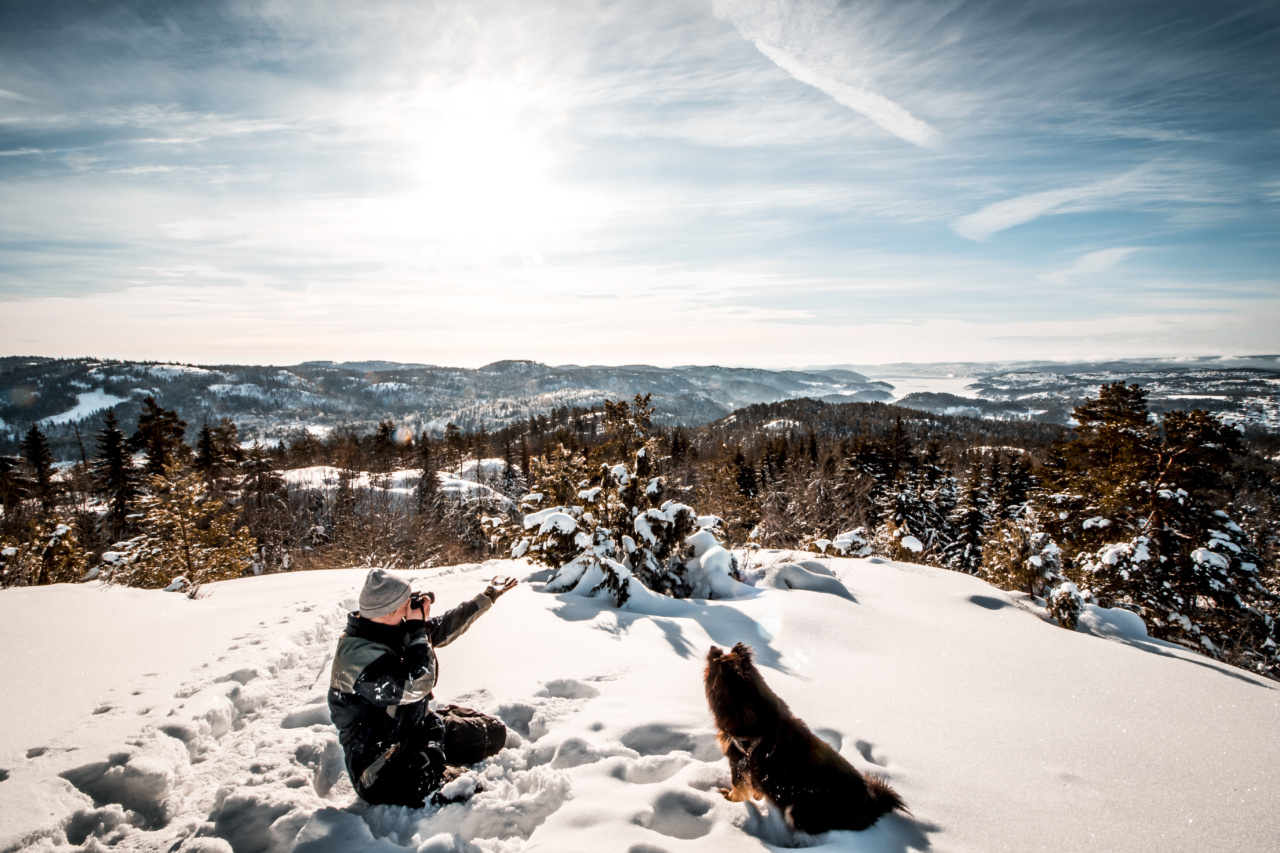As the temperature drops and winter sets in, it’s important to ensure that your furry friend stays warm and comfortable.
Just like humans, dogs can also feel the chill, and it’s our responsibility as pet owners to take the necessary steps to keep them cozy during these colder months. Here are some tips to help you keep your dog comfortable when it’s cold outside.
1. Dress Your Dog in Appropriate Clothing
Some dog breeds have naturally thick fur that provides insulation from the cold. However, other breeds may need some extra help to stay warm.
Consider investing in dog sweaters, jackets, or even booties to protect your pup’s paws from the cold pavement. Just make sure the clothing fits properly and doesn’t restrict your dog’s movement or breathing.
2. Provide a Warm and Cozy Bed
Your dog’s bed should be placed away from drafts and elevated off the floor to prevent cold air from seeping in. Use a cozy blanket or a heated dog bed to ensure that your furry friend has a warm spot to rest.
If your dog spends a lot of time outdoors, consider getting an insulated doghouse or building a windscreen to shield them from harsh winds.
3. Limit Time Outdoors
While some dogs enjoy playing in the snow, it’s important to limit their time outdoors when the temperature drops significantly. Prolonged exposure to cold temperatures can be dangerous and lead to hypothermia or frostbite.
Take shorter walks, and if your dog seems uncomfortable or shivering, bring them inside immediately and dry them off thoroughly.
4. Keep Your Home Warm
Ensure your home is adequately heated during the winter months. Keep the temperature comfortable for your dog, considering their breed and any pre-existing health conditions.
Avoid using space heaters, as they can pose a fire hazard or burn risk to your curious canine. Instead, opt for central heating or set up safe heating alternatives like heated blankets or pads.
5. Moisturize Your Dog’s Skin and Paws
Cold weather can cause dryness and cracking of the skin, especially on your dog’s paws. Apply a pet-safe moisturizer to their pads and use dog-friendly paw wax or booties to protect them from exposure to salt or chemicals on the ground.
Additionally, consider adding a humidifier to your home to combat dry indoor air and alleviate dryness for both you and your furry friend.
6. Monitor Your Dog’s Diet
In colder weather, dogs burn more calories to stay warm. Adjusting their diet accordingly can help provide the extra energy they need.
Consult your veterinarian to determine if your dog requires a change in their food portions or a high-quality, protein-rich diet to support their nutritional needs during the winter months.
7. Don’t Forget Regular Exercise
While it may be tempting to stay indoors and cuddle up during the winter, dogs still need regular exercise for overall well-being.
Create a winter exercise routine that includes indoor games, interactive toys, or short outdoor activities during the mildest parts of the day. This will help keep your dog physically and mentally stimulated, promoting their overall comfort and happiness.
8. Check for Cold-Weather Hazards
Winter brings many hazards that can be potentially harmful to your dog. Antifreeze, for example, is highly toxic but can taste appealing to pets. Make sure to clean up spills immediately and store all chemicals in a safe location.
Additionally, beware of frozen bodies of water, as dogs can fall through the ice. Always keep an eye on your dog during walks to prevent accidents.
9. Maintain Regular Grooming Practices
Proper grooming is essential in the winter months to keep your dog’s coat healthy and well-insulated. Regular brushing helps remove dead hair and stimulates the production of natural oils that keep the coat waterproof and insulated.
However, avoid excessive bathing during this time, as it can strip essential oils from their skin, making it more susceptible to dryness.
10. Pay Attention to Behavioral Changes
Lastly, be attentive to any behavioral changes in your dog during the winter. Some dogs may experience joint stiffness or pain in colder weather, particularly in senior dogs or those with existing health conditions such as arthritis.
If you notice any signs of discomfort, consult with your veterinarian to explore options for pain relief or supportive measures to keep your dog comfortable.






























